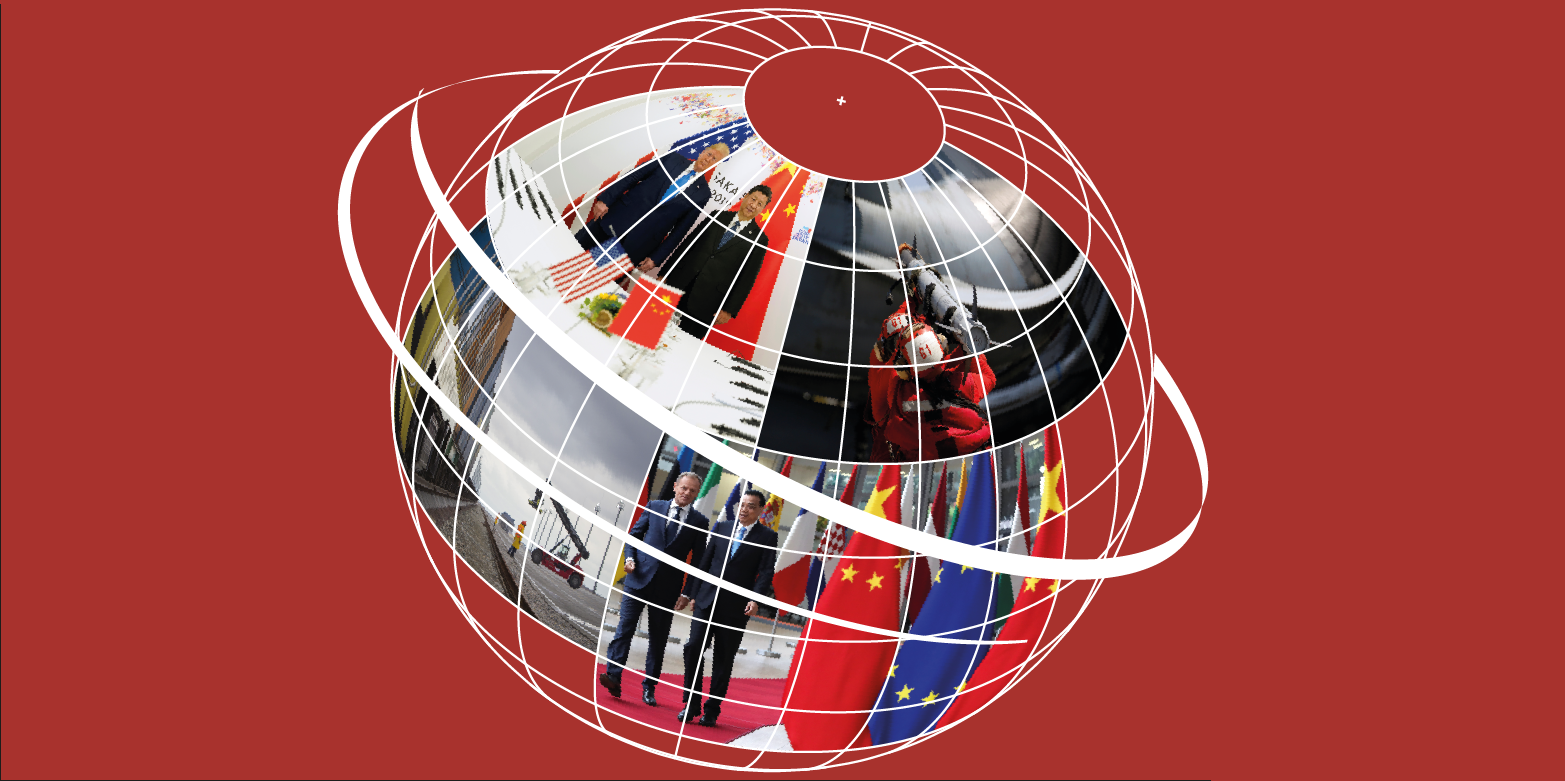Strategic Trends 2020: China, the Fractured West, and the Prospect of Unrestrained Geopolitical Competition
Strategic Trends 2020 offers a concise analysis of major developments in world affairs, with a primary focus on international security. The four topics covered this year include the domestic determinants of the US-China rivalry and their implications at the international level, the specter of great power war between China and the US, China as a stress test for Europe’s coherence and China’s pivot to Eurasia through the Belt and Road Initiative.

2020 finds the world in the early stages of a cascading crisis, exacerbated by the ongoing coronavirus pandemic, that has the potential to leave the incumbent international order in tatters. The specific outcomes of this crisis remain impossible to predict with any certainty. One salient aspect of the issue, however, is the possibility of a regional power transition in East Asia, with sweeping implications at both the regional and global levels. If such a transition should come to pass, it would result in at least a partial displacement of American power and the (re)institution of some form of Chinese preeminence in that region. In this volume, we examine these momentous developments from several different angles, with a double focus on geo-economics and international security.
Chapter 1: China, the US, and World Order
By Jack Thompson
US-Chinese rivalry is becoming the prime mover of global affairs. Though the long-term trajectory of this critical relationship is uncertain, several salient factors are already apparent: pernicious variations of nationalism on both sides; foreign policies that are increasingly shaped by domestic problems; and a growing tendency to allow expectations of future competition to drive the development of grand strategy. If current trends continue, the dynamics of the US-China relationship will further imperil the rules-based international order, with far-reaching consequences well beyond East Asia.
Chapter 2: US-China Relations and the Specter of Great Power War
By Michael Haas and Niklas Masuhr
As the strategic rivalry between the US and China intensifies, militarized crises are becoming more likely and a major military conflict is no longer as remote as it once seemed. The far-reaching modernization of its armed forces has already led China to embrace a more sanguine view of how such a conflict might play out. Meanwhile, the United States is struggling to formulate a coherent response to a potential Chinese attempt to recast the regional order by force. Although war remains unlikely, the need to get real about the possibility is now more urgent than at any point in recent decades.
Chapter 3: China as a Stress Test for Europe’s Coherence
By Henrik Larsen and Linda Maduz
China’s growing influence in Europe has the potential to create new geo-economic divides. Its purchase of critical infrastructures and successful promotion of national high-tech giants hold long-term security implications for Europe and the world order. As always, Europe’s first and most vexing challenge is to find unity. To promote coherence across the continent, the EU will have to implement an activist industrial policy to boost its own high-tech competitive advantage and take all necessary measures to prevent growing economic dependencies on China.
Chapter 4: On the Belt, on the Road: China’s Pivot to Eurasia
By Benno Zogg
Nowhere is China's Belt and Road Initiative (BRI) more evident than in Eurasia, which spans from Central Asia to Eastern Europe. China is transforming this space with physical infrastructure, but also through political and societal engagement. China’s economic clout and the BRI’s land-based component, the ‘Belt’, have already yielded considerable leverage and may allow Beijing significant leeway in shaping the region’s future. But only an assessment of China’s conduct on the ground will help reveal its true intentions and the effects of the transformation it has wrought.